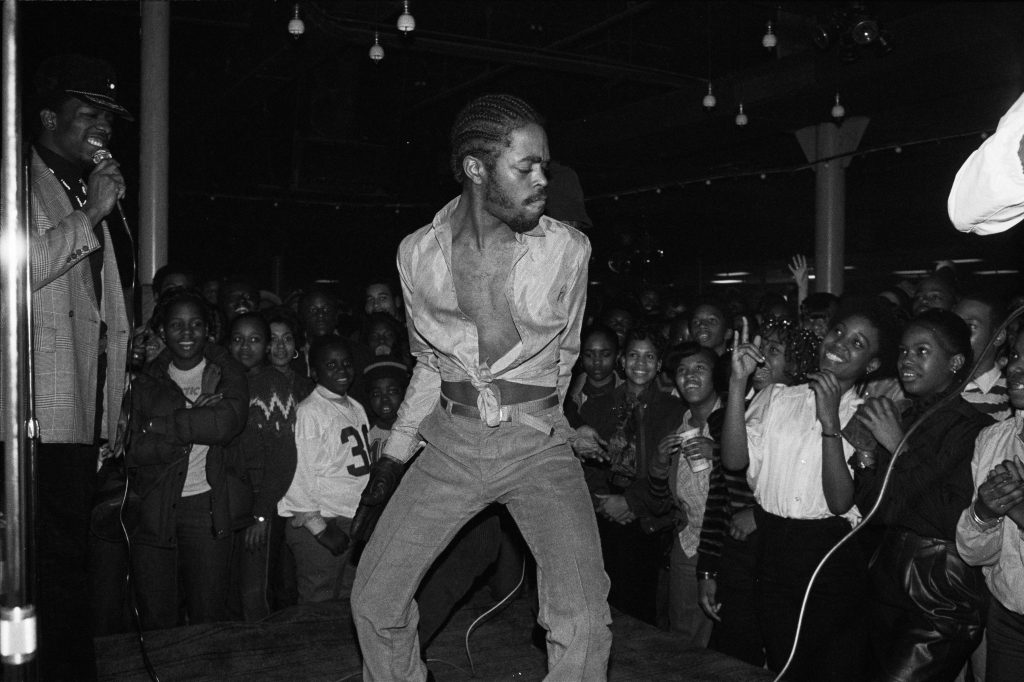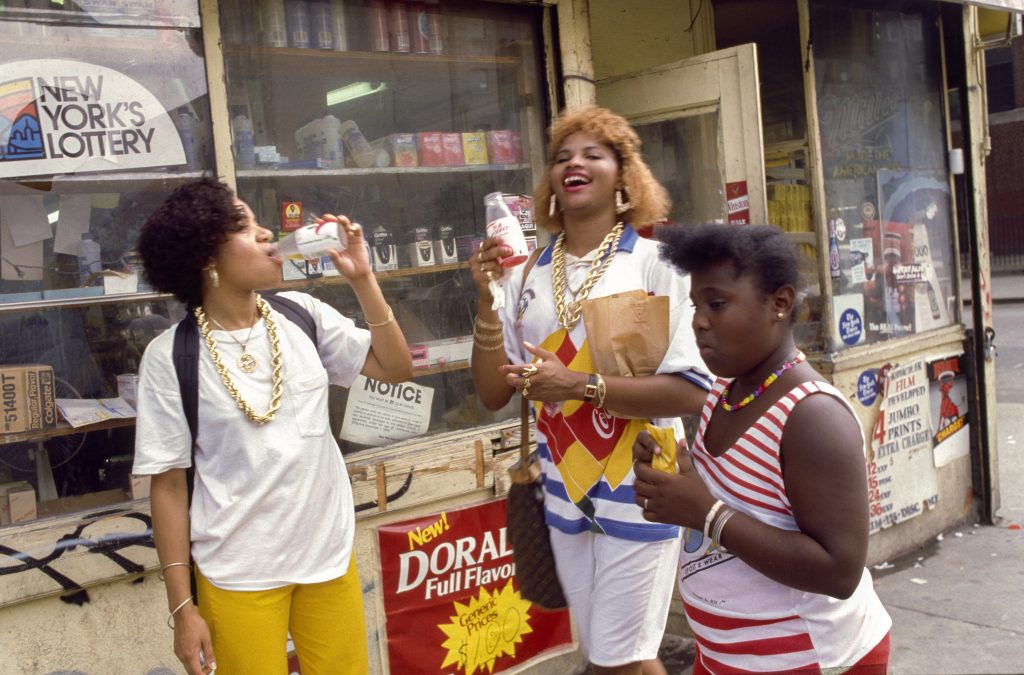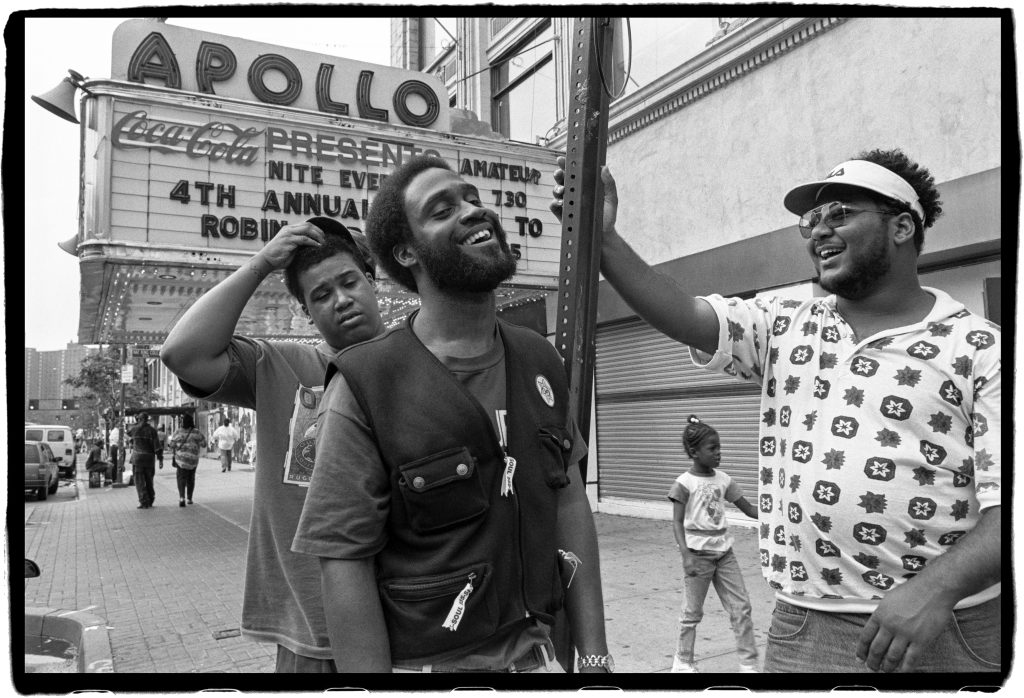“Hip-Hop: Conscious, Unconscious” at NYC’s Fotografiska
In collaboration with Mass Appeal, the photography museum celebrates the worldwide cultural phenomenon

On now at NYC’s Fotografiska, Hip-Hop: Conscious, Unconscious comprises photography, video and artifacts from the early days of a Bronx-born subculture that came to influence the world. Co-curated by Sacha Jenkins (filmmaker, writer and Mass Appeal‘s chief creative officer) and Sally Berman (visual director at Hearst, formerly at Mass Appeal and XXL), the show features work by Lisa Leone, Jamel Shabazz, Janette Beckman, Angela Boatwright, Martha Cooper and more. While immediately recognizable people like Queen Latifah and Grandmaster Flash are depicted in the dynamic images, so too are the lesser-known individuals who shaped the phenomenon: DJs, rappers, b-boys, b-girls, breakdancers, artists and more.

Jenkins began documenting hip-hop culture at a young age and published his first magazine as a teenager. He explains that the show’s name illustrates a kind of before and after within hip-hop culture. “Eventually, hip-hop became conscious of itself. Hip-hop started to understand that there was an aesthetic that we had built as kids in New York City,” he says. “For me, working with the team here and Sally to do the show, I wanted to come up with something that really spoke to the essence of where it all comes from. There was a time when hip-hop wasn’t conscious of itself. There was a time when it was conscious of itself. We start to see ourselves and understand ourselves in the video, photography and everything else.”

Ultimately, the show provides insight into the early years of hip-hop and the foundation of a worldwide phenomenon. Hip-hop has changed and evolved over its 50 years and continues to mean different things to different people. But Jenkins says our understanding of it—and its roots—is crucial. “Hip-hop is a reflection of and reaction to the environment,” he says. “So while we love hip-hop and it’s beautiful and it’s transformative and it’s joyful, we also recognize that as a reflection of the environment.”

“Through hip-hop,” he continues, “you can learn a lot about what’s going on in our communities and what needs to change. While there are aspirational things I love about hip-hop, sometimes it’s not conscious, as in it’s not where it should be. I want to have a holistic look at what hip-hop is, and it’s many things… It’s something that is extremely fluid and is social capital for many of us who didn’t have capital. While hip-hop is for everyone—and that’s a beautiful thing—we shouldn’t lose sight of where it comes from and what it really means.”
Hero image by Josh Cheuse: Run DMC’s feet under the table at The Fresh Fest press conference (1985)












